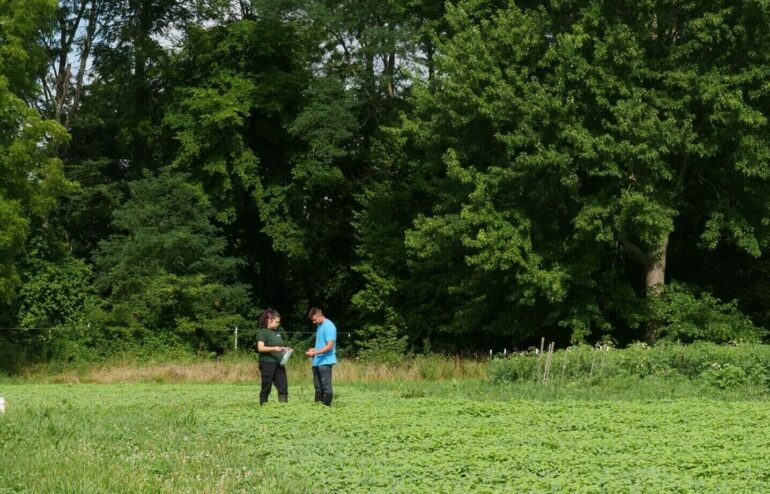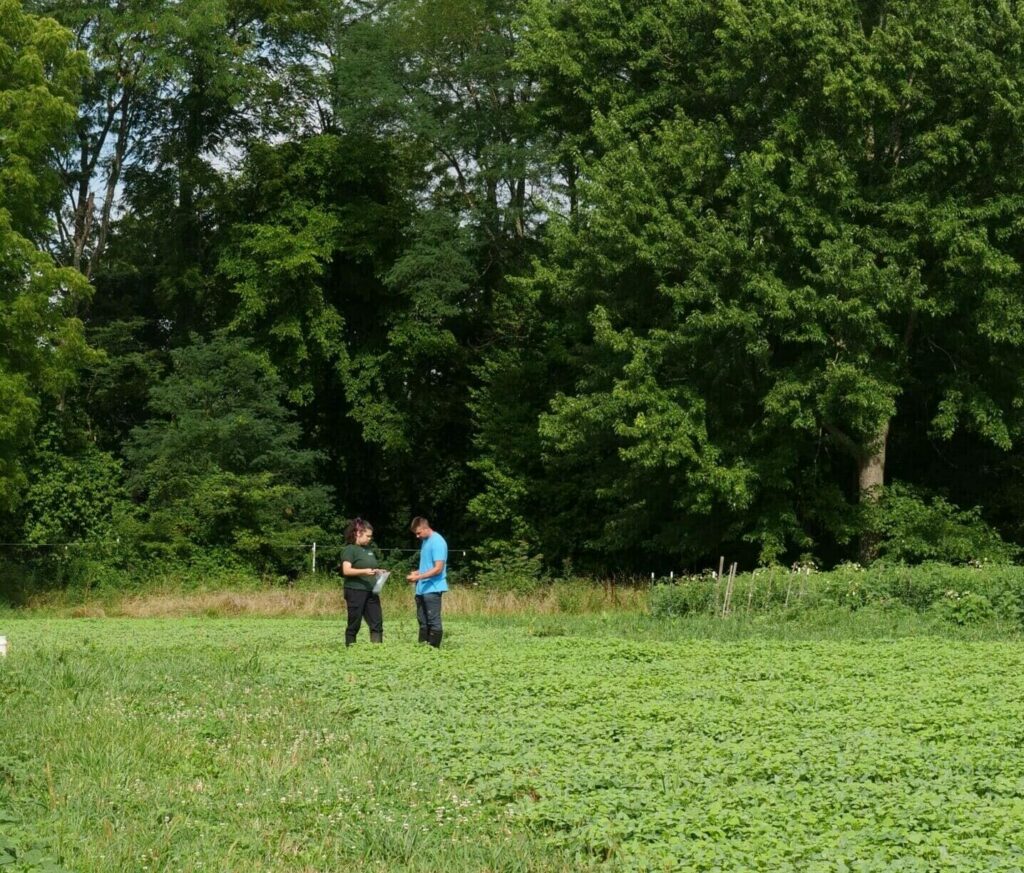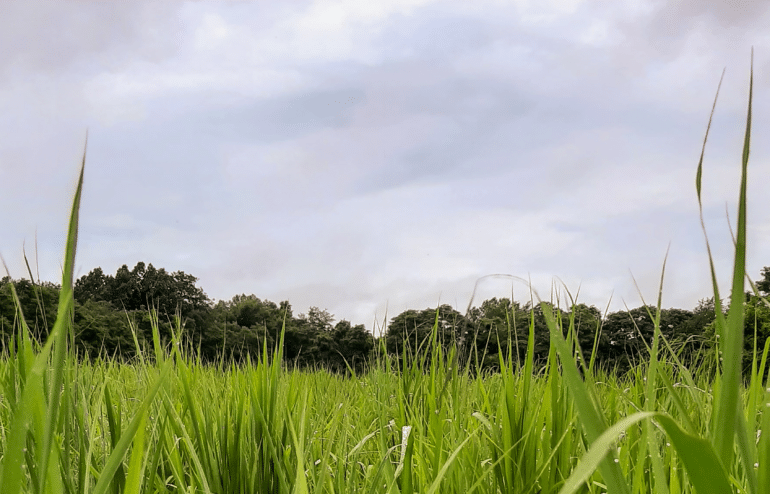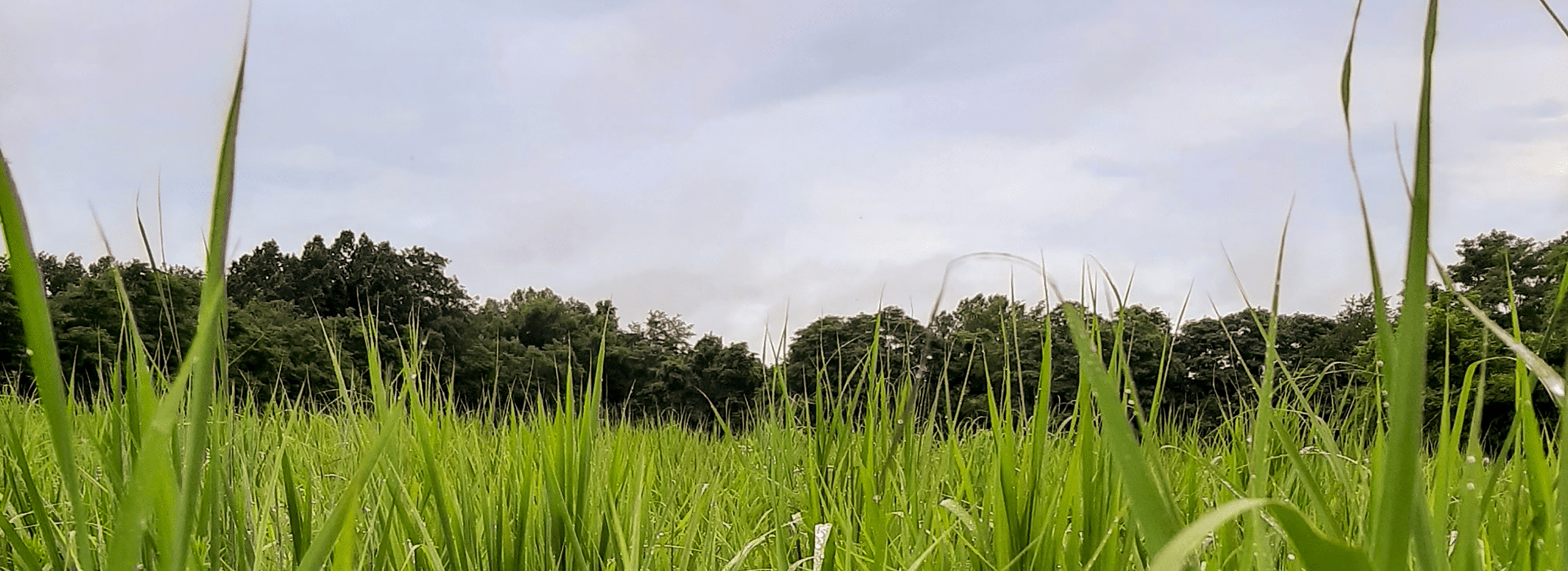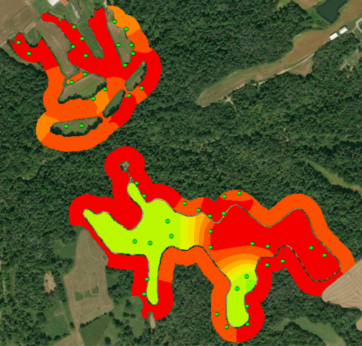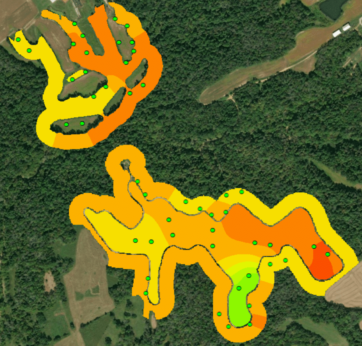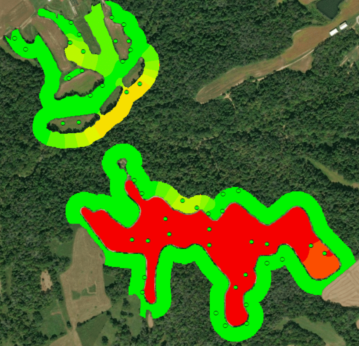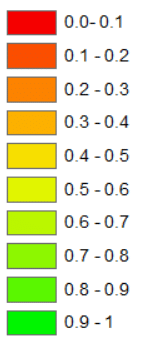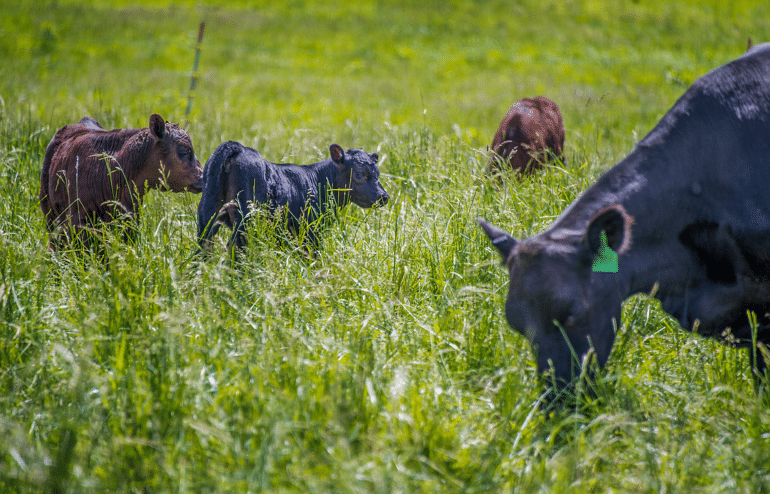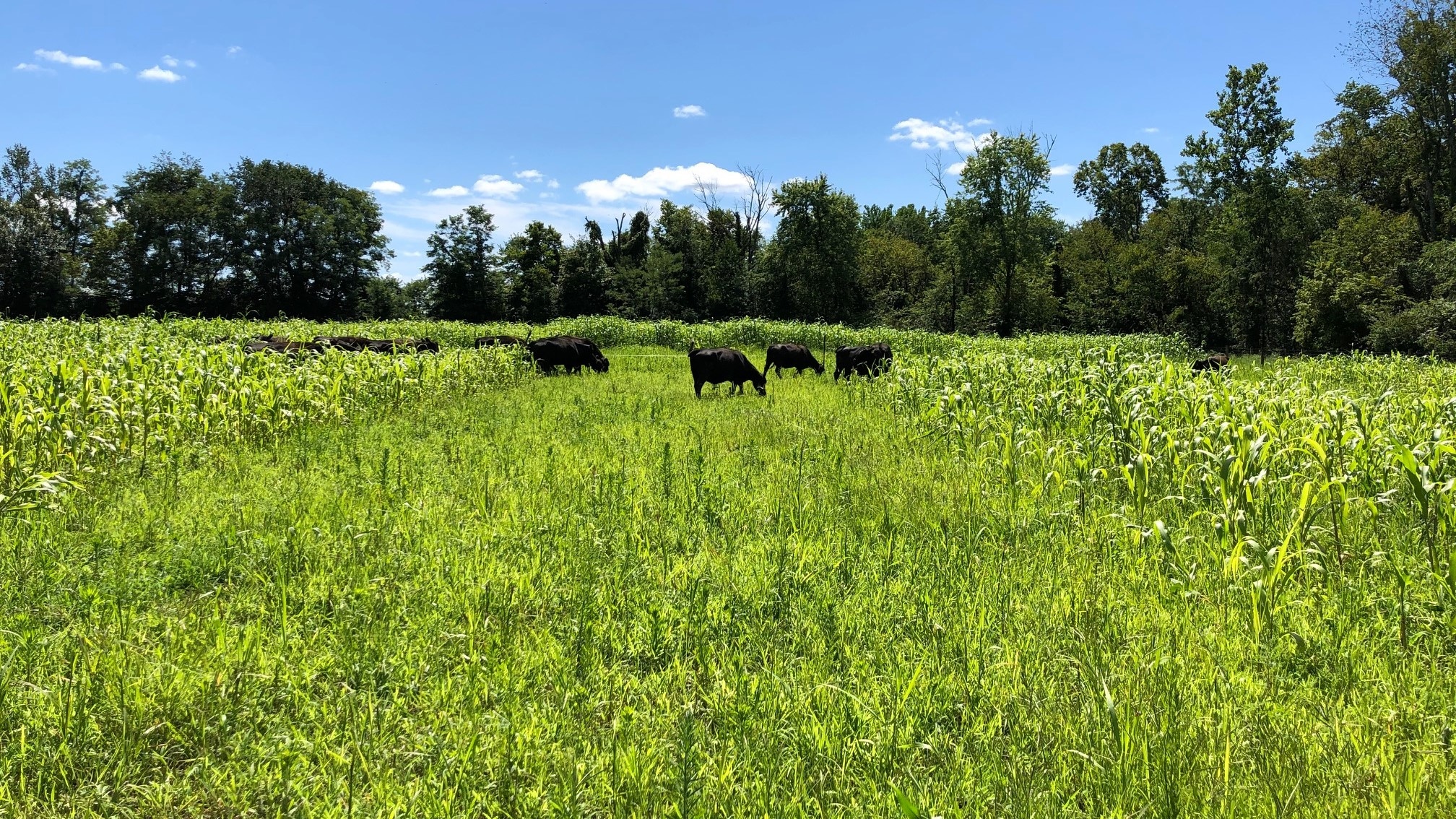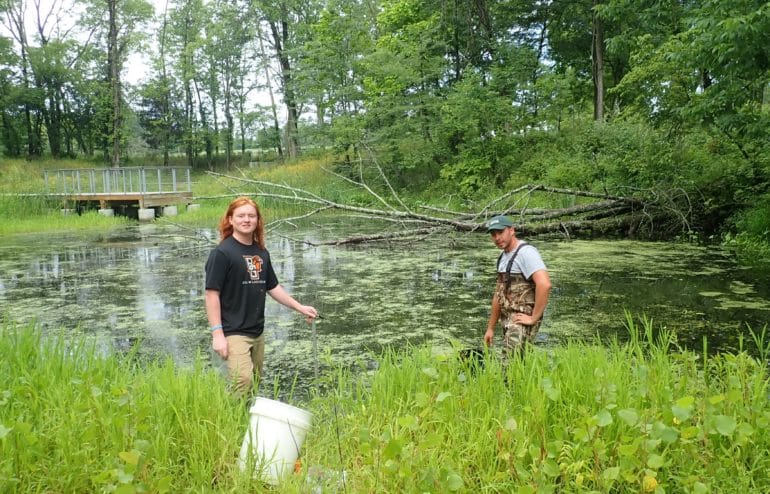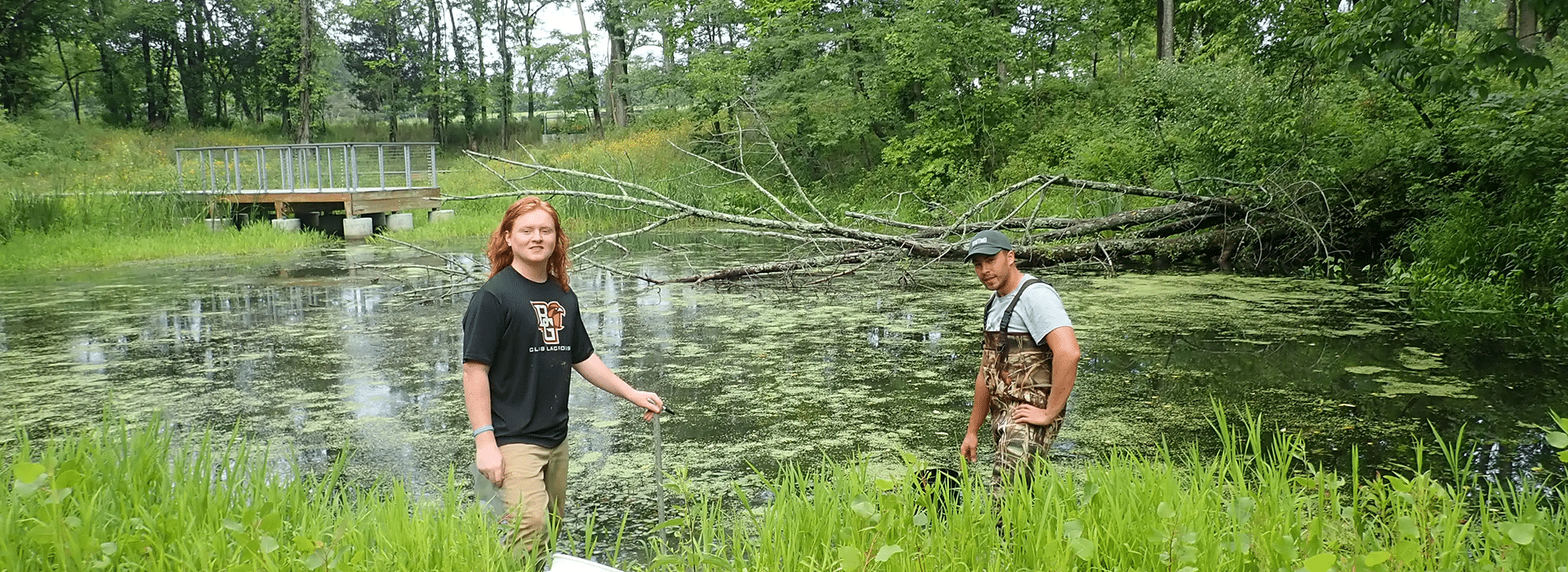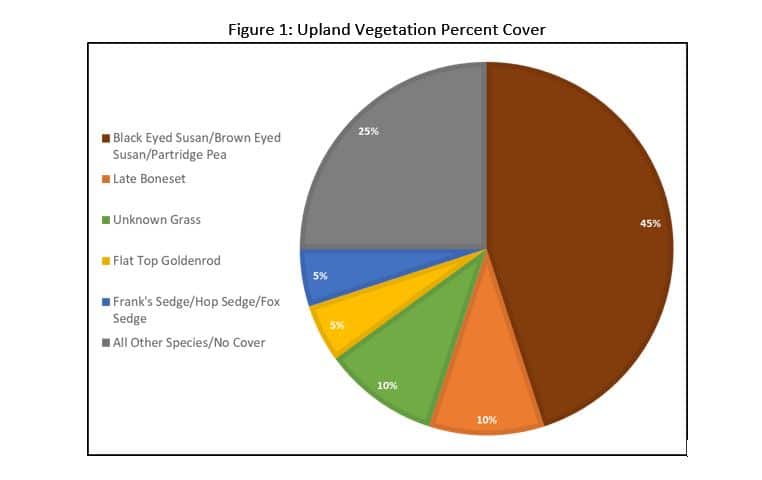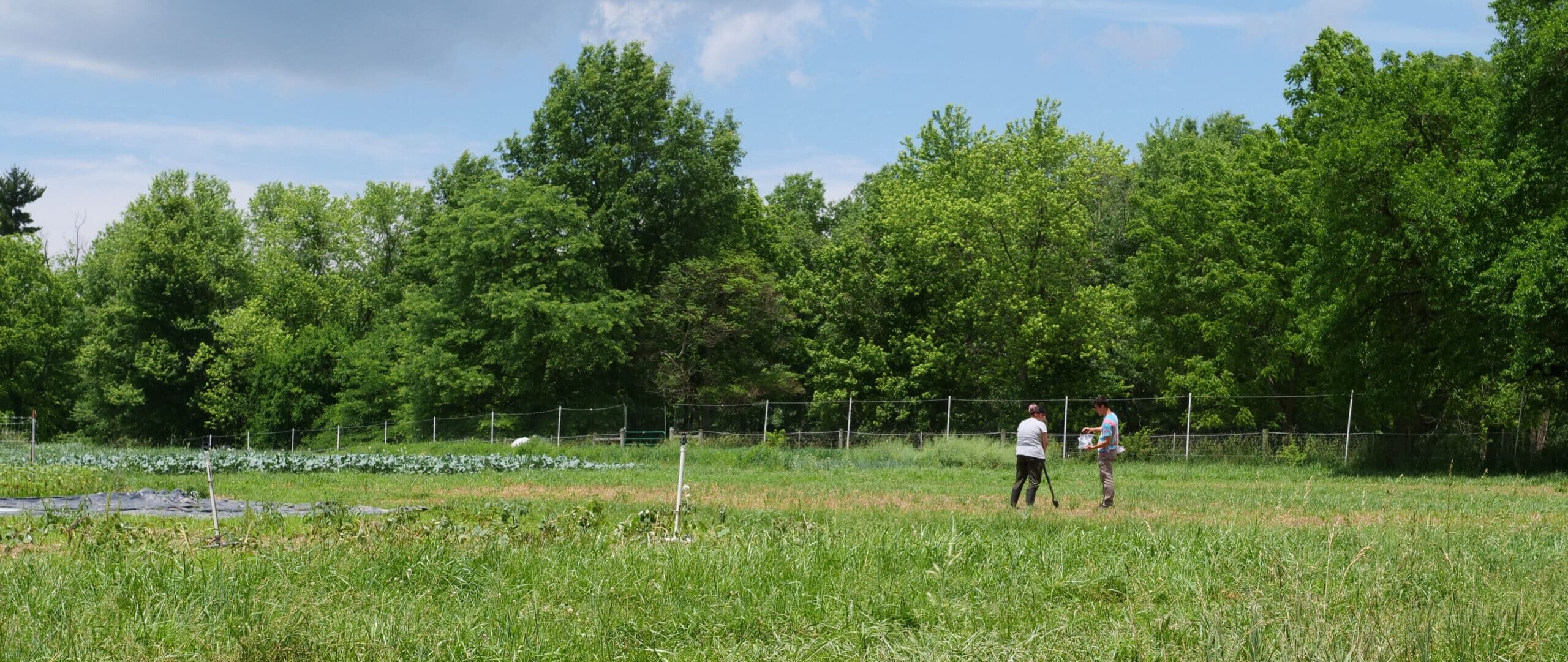
Agriculture Research Grants Available
Supporting Regenerative Farming
A Cincinnati based non-profit, Greenacres Foundation, is awarding up to $400,000 in grants for research focused on Regenerative Agriculture. Regenerative practices can lead to positive outcomes for soil, land, water, climate, and farmer welfare. With climate change and food security dominating headlines, the interest in regenerative practices is growing. Greenacres hopes to facilitate more research to support this burgeoning industry.
“Regenerative agriculture is gaining traction as a solution to nourishing a growing population while having a positive impact on our climate and water. Currently, the traction is outpacing the science, often due to the lack of funding. To drive the adoption of regenerative practices in agriculture, we need to continue to fill knowledge gaps through research. I am thrilled to work for an organization that has committed to funding research in this area which in turn will provide insights into the benefits of regenerative farming practices.”
Chad Bitler, Greenacres Research Director
Greenacres would like proposals that seek specific outcomes of regenerative practices, including:
- Advancing the understanding of ecosystem processes occurring in regenerative systems.
- Improving soil health using agro-ecological principles
- Improving resilience of agricultural lands.
- Understanding perennial/pasture-based food production systems.
- Integrating livestock into cropping systems.
- Understanding the impact of production practices on the nutrient density of food
Qualified organizations have through September 30th to submit their proposals to be considered for this year’s grant cycle. For more information please visit, www.green-acres.org/research/agriculture-research-grant/ or email research@green-acres.org

